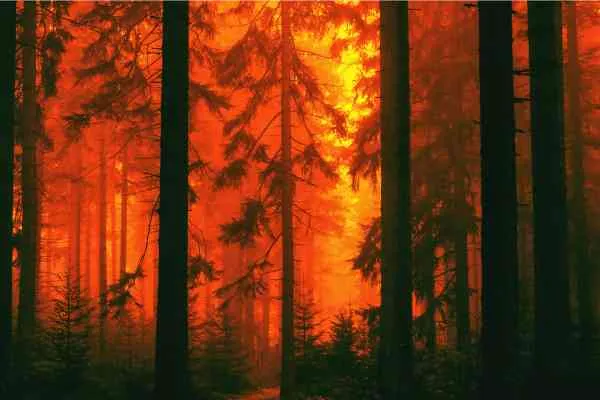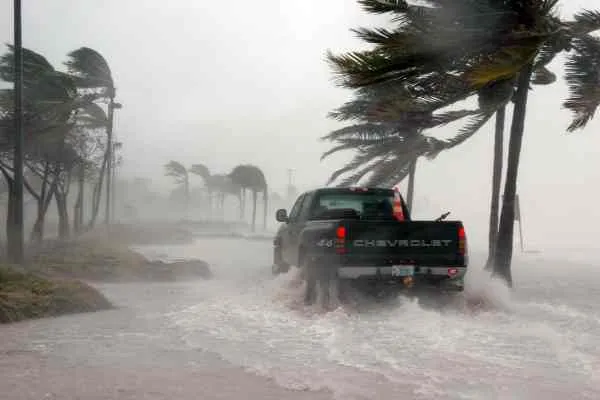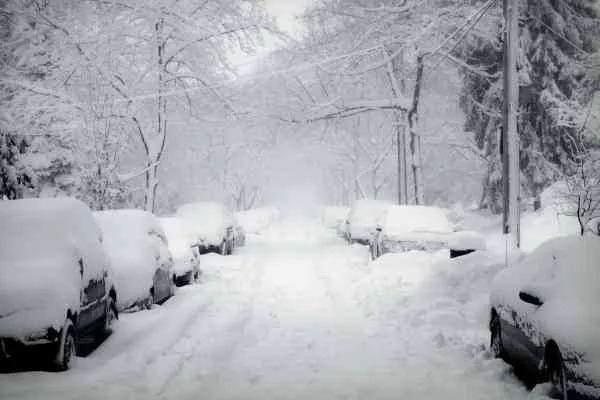Forest fires occur in drier areas that have historically had droughts. With increased temperatures, the frequency and intensity of these fires are on the rise around the globe. To prepare for potential forest fires, look at a resource like a fire zone map to see if you are in an area that is at risk. If you are in one of these zones, consider renovating or building your home with fire-resistant materials.
How to prepare for a wildfire:
Download the FEMA app on your phone to receive alerts immediately.
Create an emergency plan that includes meeting locations and ways to contact your loved ones in case of separation.
Put together supply kits for you and everyone in your household. Portable chargers, n95 masks, provisions, water, and any other supplies you may need should be in your kits.
Digitally upload all your important documents and place physical copies in a fire-resistant container.
Know your evacuation routes and follow them to a T.







Receive discounts, news and blog articles: